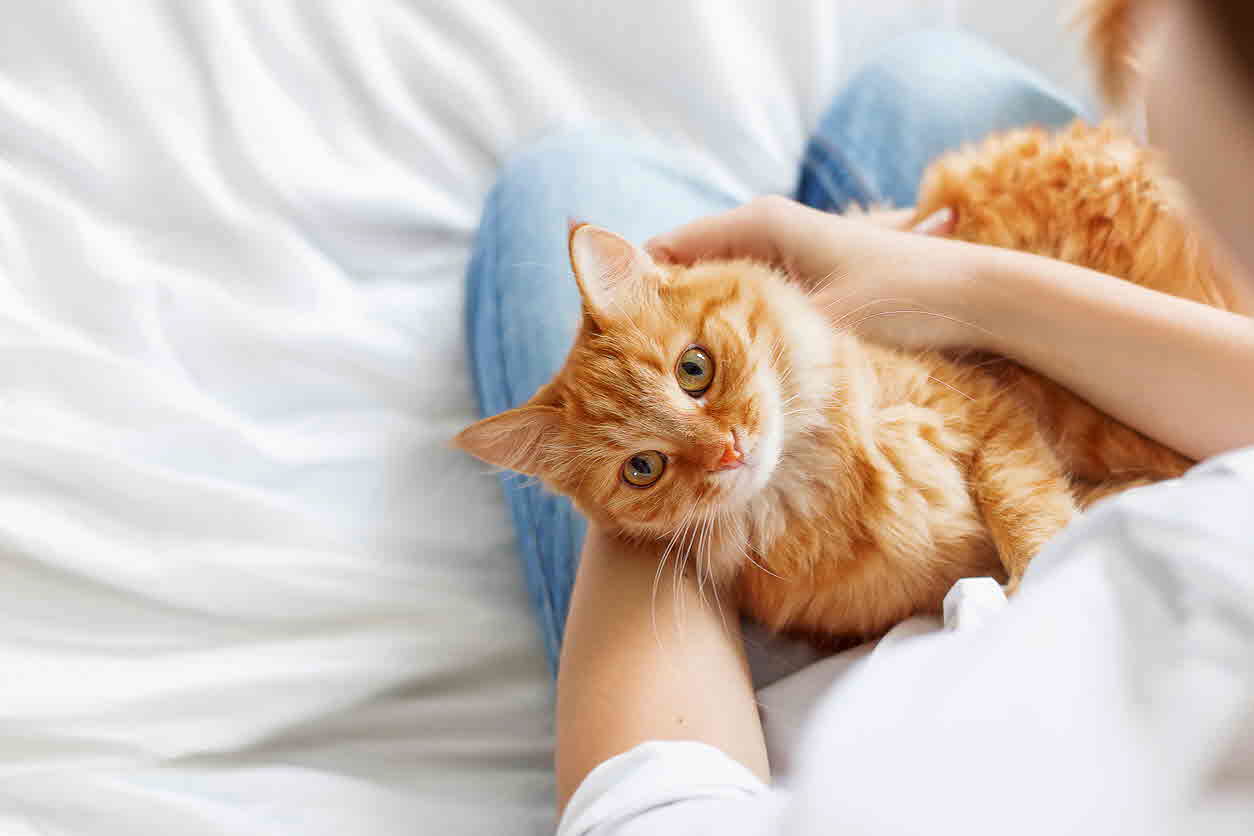Chronic kidney disease and my cat

Chronic kidney disease (CKD) is a long-term disease that, generally, slowly worsens over a period of months to years. It is common in older cats, with up to 30% of cats aged 15+ being affected.
What are the symptoms of CKD in cats?
CKD progressively disrupts the normal blood “filtration” and electrolyte balance role of the kidneys, leading to a build-up of waste products in the blood, dehydration, imbalanced blood chemistry, high blood pressure, and anaemia. This causes symptoms such as:
- Increased drinking and urination
- Weight loss
- Loss of appetite
- Nausea, vomiting and gut irritation
- Weakness
- Ulceration in the mouth and
- Confusion, blindness, seizures (in advanced cases)
How do I know if my cat has kidney disease?
The signs of early kidney disease can be quite subtle, so affected cats may not initially show any signs - or they may seem to be only mildly unwell until a large percentage of kidney function has been lost.
It is therefore recommended that cats over the age of ten years should have a thorough veterinary check-up every 6-12 months. At this time, your vet can perform a full physical examination and check your cat’s weight. They may also perform routine blood and urine tests either as a general wellness check but particularly if there are signs that may indicate kidney disease.
Kidney disease is diagnosed by blood and urine tests. If your cat shows an increase in blood waste products (urea and creatinine) combined with decreased urine concentration, this is very suggestive of CKD. There is also an additional blood test called SDMA, which can help detect earlier stage kidney disease.
If your cat is confirmed to have CKD, your vet will likely discuss additional testing such as:
- Blood pressure measurement
- Further urine testing for UTI’s and urine protein levels
- Kidney ultrasound to check for a kidney tumour
These tests will help objectively stage your cat’s kidney disease between 1-4, which helps your vet recommend the most appropriate level of treatment.
Can my cat’s CKD be treated?
While CKD is irreversible, good management can slow the progression of the disease and give your pet the best quality of life.
As a general rule, it is important to always maintain your cat’s hydration levels. Some cats benefit from a wet food diet, and others may just require free access to fresh water in a manner of their choosing e.g. a cat drinking fountain, a bowl of fresh water, or another form of moving fresh water. If your cat seems unwell or is off their food, it’s important to get them checked by your vet as soon as possible, as they may need supplementary fluids to protect their kidneys from further damage.
Depending on your cat’s stage of kidney disease, and any secondary complications that are present, your vet will likely recommend some of the following options:
- Use of a prescription kidney diet to help lower kidney workload.
- Use of a phosphate binder to help balance electrolytes.
- Avoiding the use of any drugs that can cause kidney strain (e.g. non-steroidal anti-inflammatory drugs), unless these are required for quality of life in a palliative care stage.
- Treating high blood pressure with daily medication.
- Treating elevated urine protein levels with daily medication.
- Giving anti-nausea or appetite stimulant medications if required.
With regular check-ups, your vet can promptly detect any developing CKD in your cat, giving them the best opportunity to support your pet’s kidney health and quality of life.
